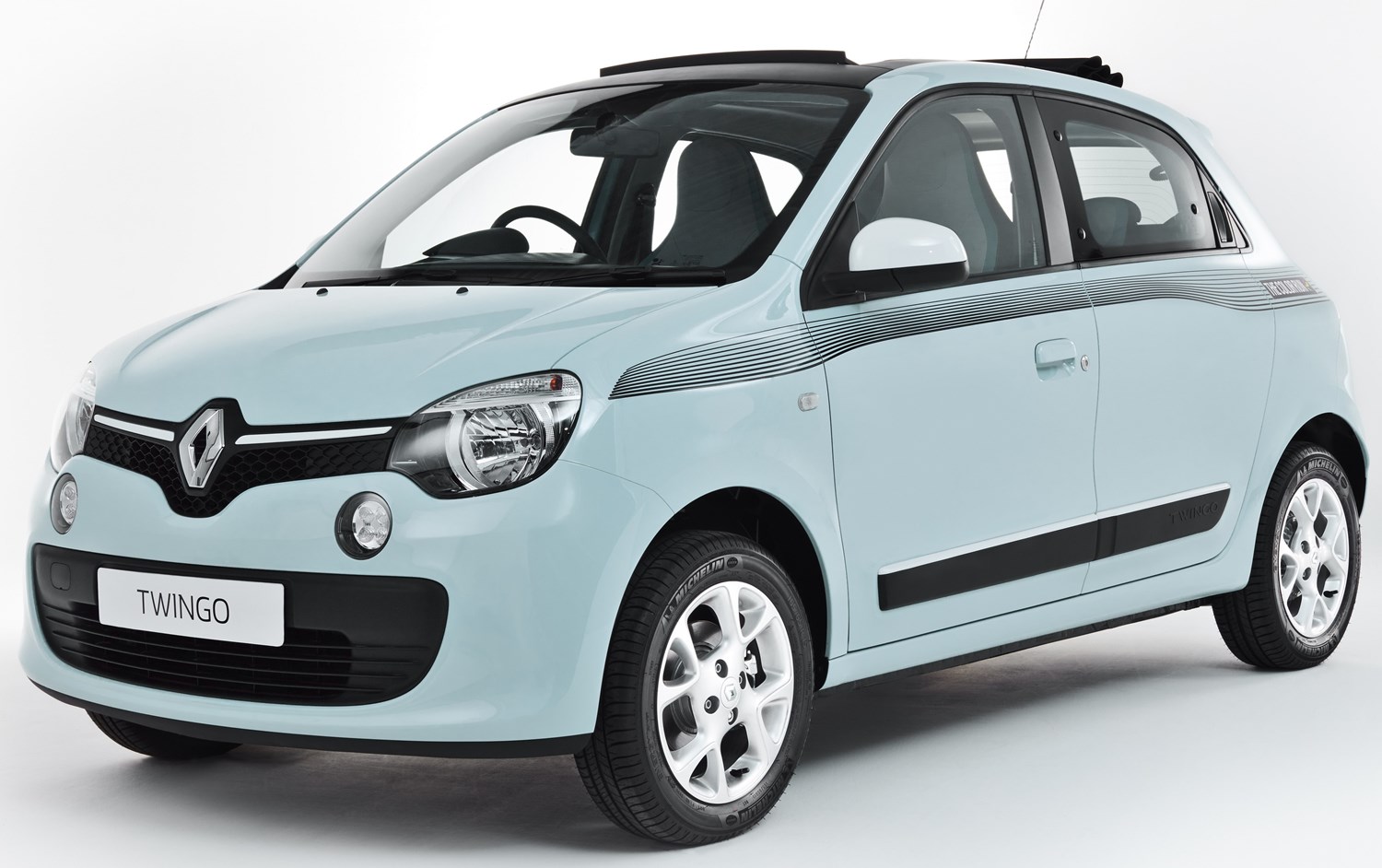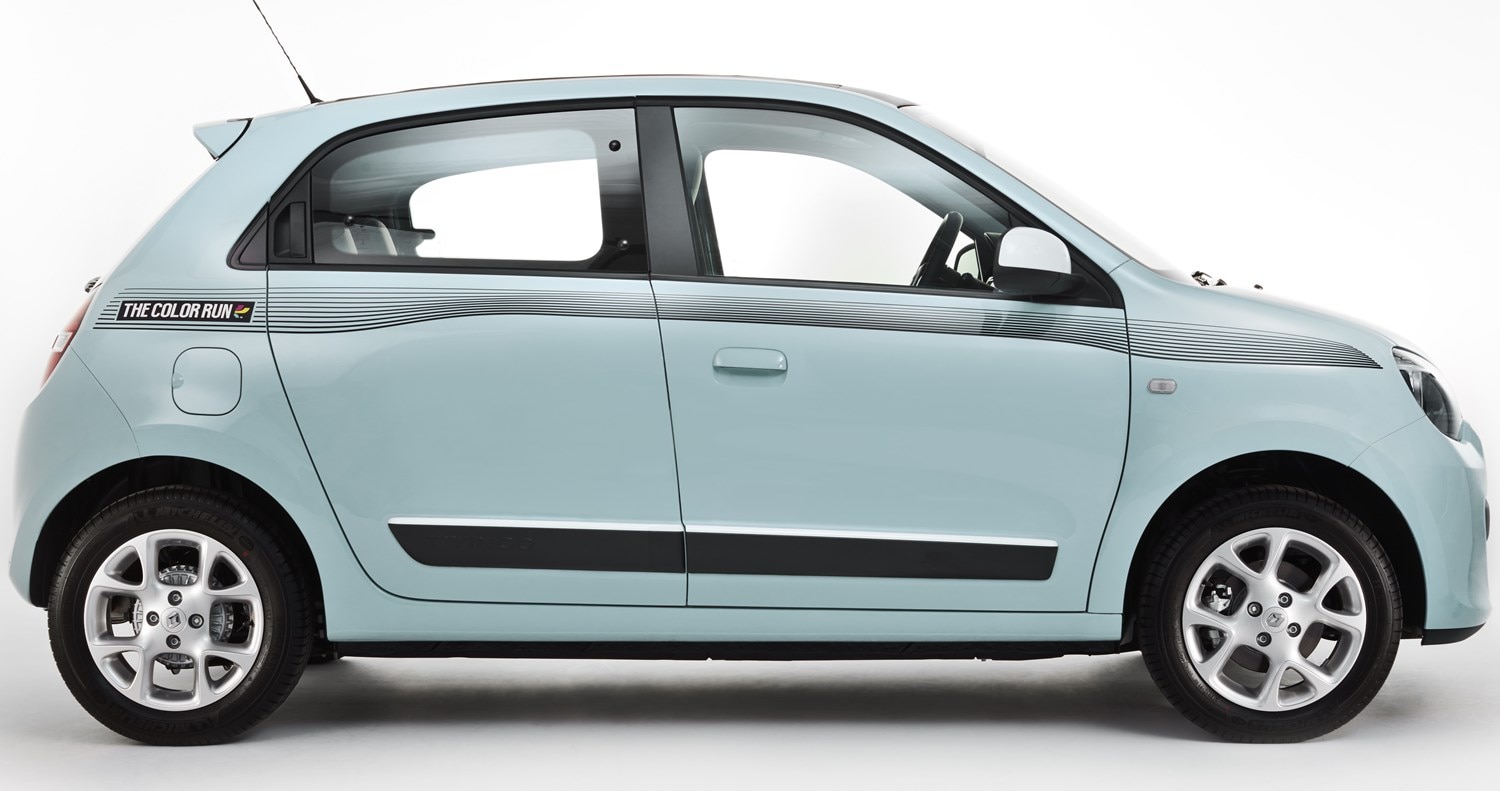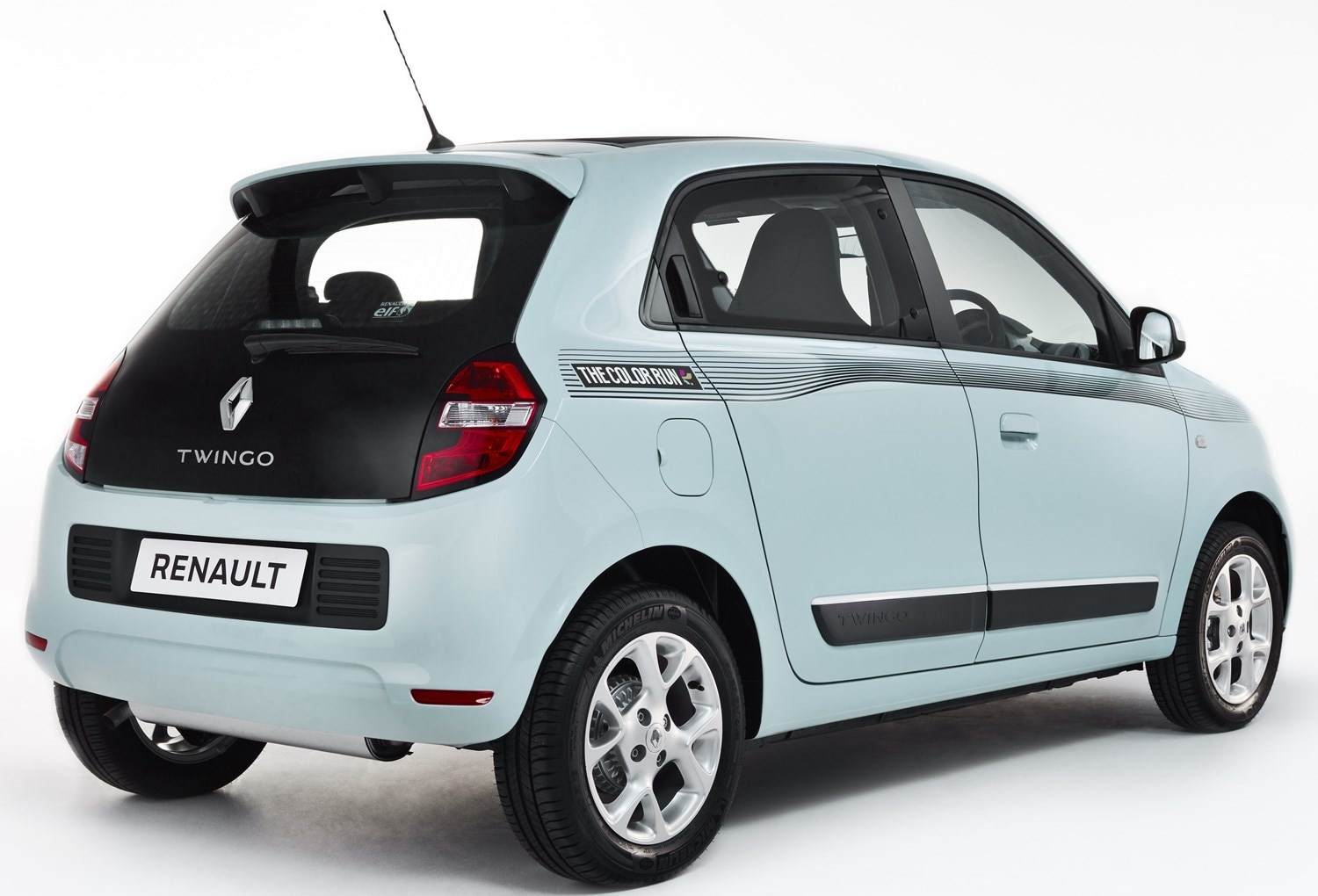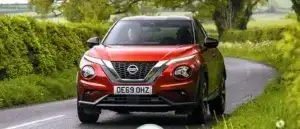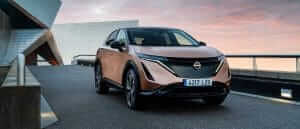Latest model
The third-generation Twingo made its debut in 2014. Based on the same platform as the Smart ForTwo, it offered a radically different layout the car it replaced. Now rear-engined and rear-wheel-drive, it is in fact shorter than the second-generation car making it even more nimble than before. There’s the choice of either a 1.0-litre petrol or a turbocharged 0.9-litre engine to choose from, with both offering excellent levels of economy.
The car’s design is just as striking as the originals, with the car’s short overhangings giving it a real ‘Tonka Toy’ look on the road. The only downside of that small overall size is that it struggles on motorways, though.
Value for money
The all-new Twingo range starts at £9,545. This base car offers LED daytime running lights, DAB digital radio and hill-start assist as standard – though in truth that’s about it. The Twingo, however, does suit being a low-spec affair, as it’s a simple car designed to be as hassle-free as possible. That said, if you do want further creature comforts, then there are plenty of additional specifications to choose from.
Used examples are now available, meaning that there are savings to be had. For instance, a 2014 Twingo in Dynamique spec, fitted with cruise control, electric front windows and coming with just 14,000 miles on the clock costs £6,990 – a remarkable saving on the initial list price.
That said, if you wanted more performance, then a previous-generation Renaultsport Twingo makes an excellent buy, with 2011-plate cars with around 39,000 miles coming in at well under the £4,500 mark. These cars are hugely involving to drive – and well worth the money.
Looks and image
The Twingo is all about sharp, nimble handling. The latest model, with its short overall length and square proportions, is very easy to park – and the same can be said for previous generations, too. Inside, the latest generation has a good amount of on-board technology with Bluetooth connectivity and cruise control featuring on higher-specification cars. It’s a far higher standard of fit-and-finish than we’ve come to expect from small Renault vehicles, with plenty of neat touches – such as the large central instrument binnacle – helping lift the look of the cabin.
The current Twingo has yet to be refreshed or updated – so we’d expect to see that happening soon given the car’s release in 2014.
